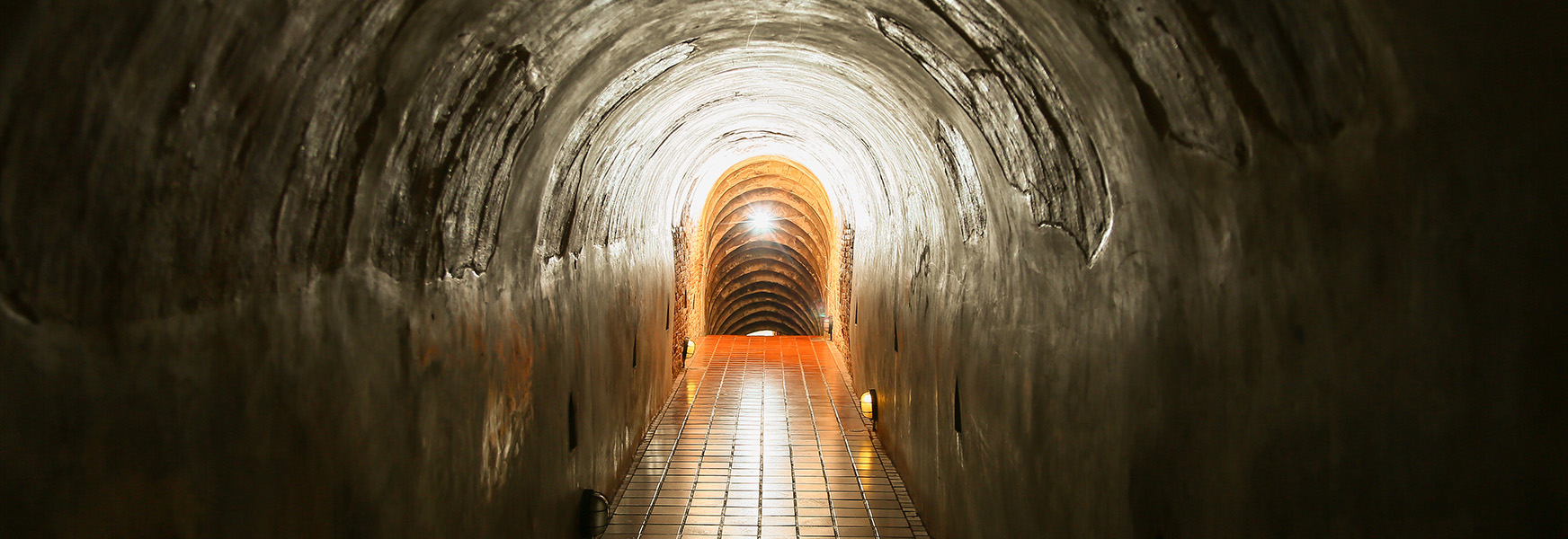Dare to Enter: Exploring the Terror of Confined Spaces

Confined spaces are like the haunted houses of many industries. Lurking in the creepy depths of dust collection systems, sumps and silos, hoppers and manholes, pipelines and tunnels are deadly hazards that can lead to serious injury, illness and even death when workers venture into their eerie abyss. Shockingly, more than 60% of fatalities occur among heroic rescuers, rather than those who initially brave the confined spaces. These incidents can be caused by hazards such as gasses, extreme temperatures, falls, crushing, engulfment, and electrocution.
In 2007, a Virginia farmer entered a nine-foot-deep manure pit through a 4-foot opening to clear a clogged drain. Although he had completed this task in the past without incident, on this occasion he quickly became unconscious. An employee witnessing the event thought the farmer had suffered a heart attack and rushed in to help but also lost consciousness. A third employee notified the farmer’s wife but, instead of calling for help, she and her two children ran into the pit. Unfortunately, all 5 lost their lives which reports attributed to methane gas from decaying organic matter and low oxygen levels.
Grisly events like this could be avoided with basic awareness training of the hazards that lurk in confined spaces. With such knowledge, proper procedures can be established for safe confined space entry, or such jobs can be contracted to professionals with expertise in entry operations.
As defined by OSHA 1910.146, a Confined Space is an area large enough for an employee to enter and perform work, with limited entry/exit points and not designed for continuous human occupancy. A permit-required confined space includes one of these aspects along with hazards like a toxic atmosphere, potential entrapping material, configuration leading to entrapment, or other recognized safety risks.
The best approach to prevent incidents in confined spaces is to minimize the need for entry through process and equipment design. When entry is necessary, proper controls, hazard identification, employee training, and strict adherence to procedures are essential.
Consider such latent hazards as corrosion, decaying biological material, and chemical residue. Examine the dangers of the task being performed. For example, toxic fumes from cleaning products or welding can be captured in confined spaces if not properly ventilated. Remember that some tasks consume oxygen, including the simple act of breathing. Air quality and oxygen levels must be monitored at all times. Don’t overlook the need for a rescue plan.
When implementing confined space safety programs, refer to standards such as ANSI / ASSP Z117.1 - Safety Requirements for Entering Confined Spaces and ANSI / ASSP Z244.1 - The Control of Hazardous Energy Lockout, Tagout and Alternative Methods, for sample policies, procedures, and training. Find sample forms and information on MEMIC’s Safety Director or ask your MEMIC safety management consultant for guidance.
Don't let your workplace become a realm of terror this Halloween – stay vigilant and ensure that all who enter confined spaces emerge safely.
- An Update on the Proposed Changes to Rules About Working in Confined Spaces
- Confined Spaces in Construction: The "Whole" Story (Part I)
Other resources:

